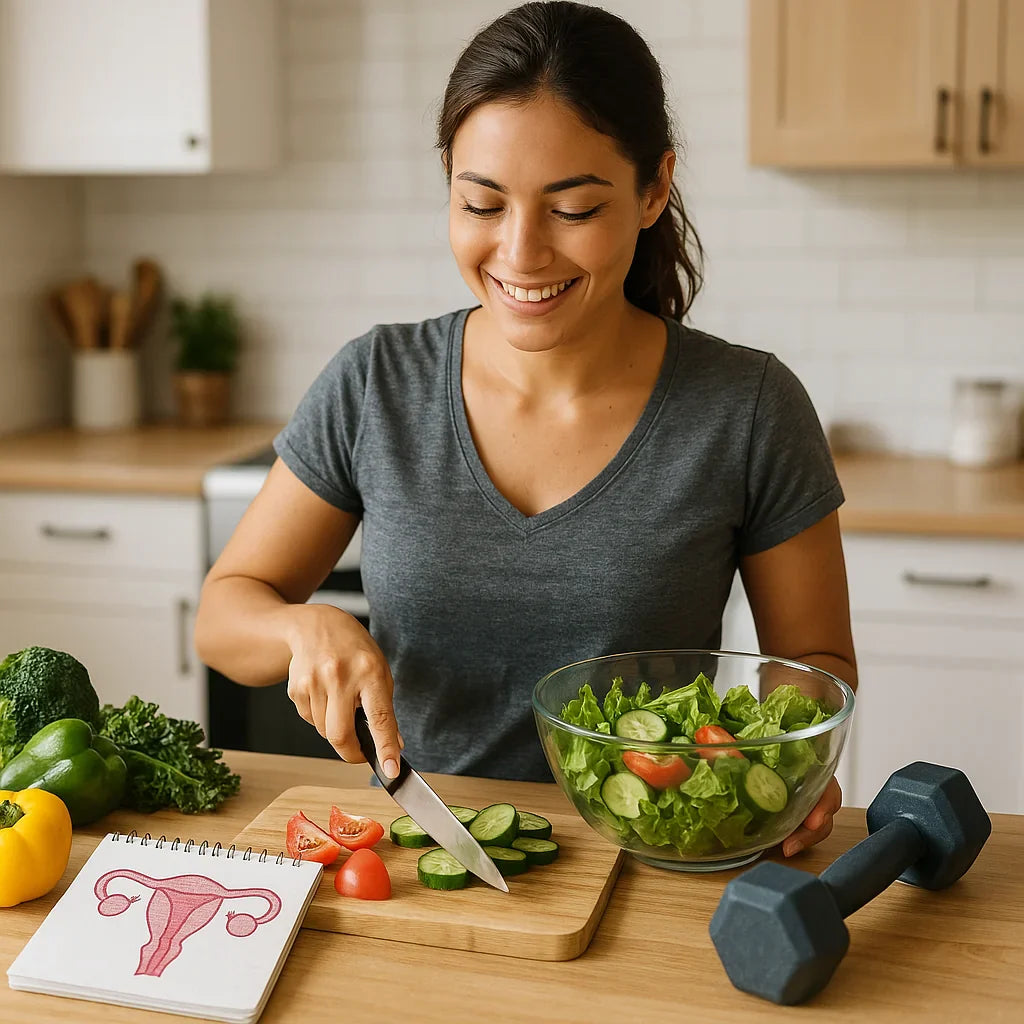10 Natural Ways to Boost Your GLP-1 (No Injections Needed)
Modern weight loss trends have made GLP-1 famous as the hormone behind drugs like Ozempic. But guess what? Your body already produces GLP-1, and you can enhance it with simple everyday habits. Here are 10 natural strategies to give your GLP-1 (and your metabolism) a boost:
-
Prioritize Protein at Meals: Protein-rich foods (think tofu, lentils, legumes) stimulate GLP-1 release and promote fullness. Starting your day with a high-protein breakfast can reduce cravings later on by keeping GLP-1 levels steadier.
-
Fill Up on Fiber: Soluble fiber from oats, chia seeds, apples, beans and veggies “gels up” in your gut, slowing digestion. This not only keeps you full but also feeds gut bacteria that produce compounds (SCFAs) which spur GLP-1 release. A hearty vegetable soup or bean salad is basically a GLP-1 booster in a bowl.
-
Embrace Healthy Fats: Don’t shy away from avocados, olive oil, nuts, and seeds. Fats delay stomach emptying and, in combination with fiber, can enhance GLP-1’s satiety signals. A snack of apple slices with almond butter is satisfying for a reason!
-
Eat Mindfully and Slowly: Wolfing down food can short-circuit your body’s fullness signals. Take time to chew and savor meals. Eating slower allows GLP-1 and other satiety hormones to rise and signal your brain, so you naturally eat less.
-
Try Apple Cider Vinegar Before Meals: A tablespoon of diluted apple cider vinegar before a high-carb meal can moderate blood sugar spikes and potentially increase post-meal satiety. It’s a handy hack some experts suggest for mimicking a bit of that “GLP-1 effect” by slowing carbohydrate absorption.
-
Stay Hydrated: Drinking water throughout the day and having a glass before meals can help with fullness. Proper hydration optimizes digestion and might indirectly support better hormone function, including GLP-1. Sometimes thirst is mistaken for hunger – so water keeps cravings in check.
-
Get Enough Sleep: Skimping on sleep can wreak havoc on appetite hormones (raising ghrelin, lowering leptin). Adequate sleep helps all your hormones stay balanced, so your natural GLP-1 release during the day isn’t undermined by a tired, snack-happy brain. Aim for 7–8 hours to let your body reset.
-
Move Your Body Regularly: Exercise is a known metabolism booster, and studies suggest it can increase GLP-1 levels after meals. High-intensity interval training (HIIT) and strength training are particularly effective. Even a brisk walk after eating can enhance your body’s satiety signals (plus improve blood sugar control).
-
Manage Stress: Chronic stress elevates cortisol, which can increase appetite and cravings for comfort foods. Stress might also blunt GLP-1’s effectiveness. Incorporate stress-reduction habits – whether it’s yoga, meditation, or dancing in your living room. A calmer mind leads to a happier gut and better hormonal balance.
-
Consider Natural Supplements: Certain supplements may support GLP-1. For example, berberine (a plant extract) has been touted as “nature’s Ozempic” by mimicking some GLP-1 benefits. Probiotic supplements (or fermented foods like kefir and kimchi) could improve gut health and in turn GLP-1 production. Even a quality fiber supplement (like glucomannan) taken before meals can boost fullness. Always research and choose trusted sources – remember, we’re going natural here.
By incorporating these strategies, you’re effectively telling your body to pump up its own appetite-control volume. The beauty is that these habits don’t just boost GLP-1; they improve overall health – from better blood sugar and digestion to more energy. No prescription required, and no extreme diets either. It’s all about consistency and balance.
In the spirit of Beyond GLP-1’s philosophy, small daily choices can lead to big changes. Every time you savor a protein-packed, fiber-rich meal or choose a walk over stress-eating, you’re using your own biology to your advantage. Over time, these natural GLP-1 boosters make healthy eating feel more effortless – because your body is truly on board, hormone-wise.



